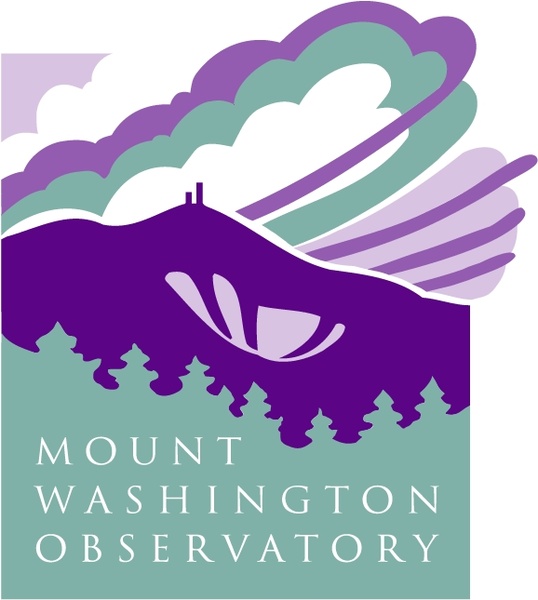

Since its inception, the Mount Washington Observatory and Weather Station has been continually manned to record the weather and other atmospheric data. The Mt Washington Observatory Weather Station is current housed in a 6,000 square foot Concrete, steel reinforced building erected in 1980 by the State Of NH. More than 80 years has passed since its founding. Today the original founder’s legacy lives on…

Founded in 1932, and originally housed in what used to be The Old Stage Office used by the Mount Washington Auto Road, this non-profit organization had a goal to record the weather in one of Earth’s most extreme locations, so that they could learn more about our atmosphere and share their discoveries with others. Monday’s view was special because, as the observatory said in its original post, "Mother Nature waved back.Sitting atop of the Northeast’s tallest peak, Mount Washington, is the Mount Washington Observatory. But on a clear day, viewers from the 6,288-foot-tall mountain’s peak can see the peaks of Mounts Adams, Jefferson and Madison of the Presidential Range. On a foggy day, visibility is severely limited in all directions. The Mount Washington Observatory regularly shares sunrises and sunsets on social media. This Monday, temperatures at the observatory were in the low 20s, and winds gusted near 50 miles per hour. The observatory is staffed year-round by scientists and staff, and has a history of hosting cats, like Elmer, Manx, Oomph and a litter of kittens who huddled by the coal stove the winter that the record windspeed was recorded. An autonomous instrument recorded the current windspeed record, 251 mph, in 1996 during Typhoon Olivia in Australia. At 231 miles per hour, the measurement taken in April 1934 is still the fastest surface windspeed observed directly by humankind. For 62 years, the Mount Washington Observatory held the record for the fastest gust of wind recorded on Earth’s surface. Mount Washington is no stranger to mind-boggling winds. The waves are named for the scientists that discovered the weather patterns that cause them: Hermann von Helmholtz and William Thomson, also known as Lord Kelvin, meteorologist Brett Rossio told Ashley Williams at AccuWeather last year.
Mount washington observatory series#
A series of clear Kelvin-Helmholtz waves in Virginia was photographed last June when it appeared for less than a minute, according to the photographer Amy Hunter. Then, the waves usually only last for a matter of seconds. Kelvin-Helmholtz waves normally appear in a repetitive series, making Mount Washington’s one-off wave unique. These wind currents can “sculpt” a cloud into the curlicue shape of a Kelvin-Helmholtz wave, meteorologist Jesse Ferrell tells AccuWeather’s Lauren Fox. Unstable conditions in the atmosphere can lead air currents to rise, while fast, low-density wind sweeps along the top. But Mount Washington’s cloud had another trick to share. In the sky, the massive collection of suspended droplets forms a lenticular cloud, which erodes as the air sinks back down.Ī single lenticular cloud recently appeared downwind of California’s Mount Shasta, per the Post. If that air is carrying water vapor, then when it rises through the atmosphere and its temperature drops, the water will condense into a crowd of water droplets, the same way that droplets cover a cold glass on a warm, humid day. “But for both features to be wrapped up in one cloud? An exotic sight and then some.”Īs Cappucci explains, lenticular clouds are common around mountains that force incoming air to rise. “Seeing either type of cloud is unusual,” meteorologist Matthew Cappucci writes for the Washington Post. The pair was likely a fleeting feature in the morning sky, as clouds like these are unstable and usually lasts less than a minute. The photograph, taken around 7 a.m., features a smooth, round lenticular cloud that swoops into a curled Kelvin-Helmholtz wave. On Monday, its mountaintop observatory shared a striking view: not one, but two rare cloud features hovering side by side, lit by the sunrise. Mount Washington, the tallest peak in New Hampshire’s White Mountains, has long been the site of unusual and extreme weather.


 0 kommentar(er)
0 kommentar(er)
